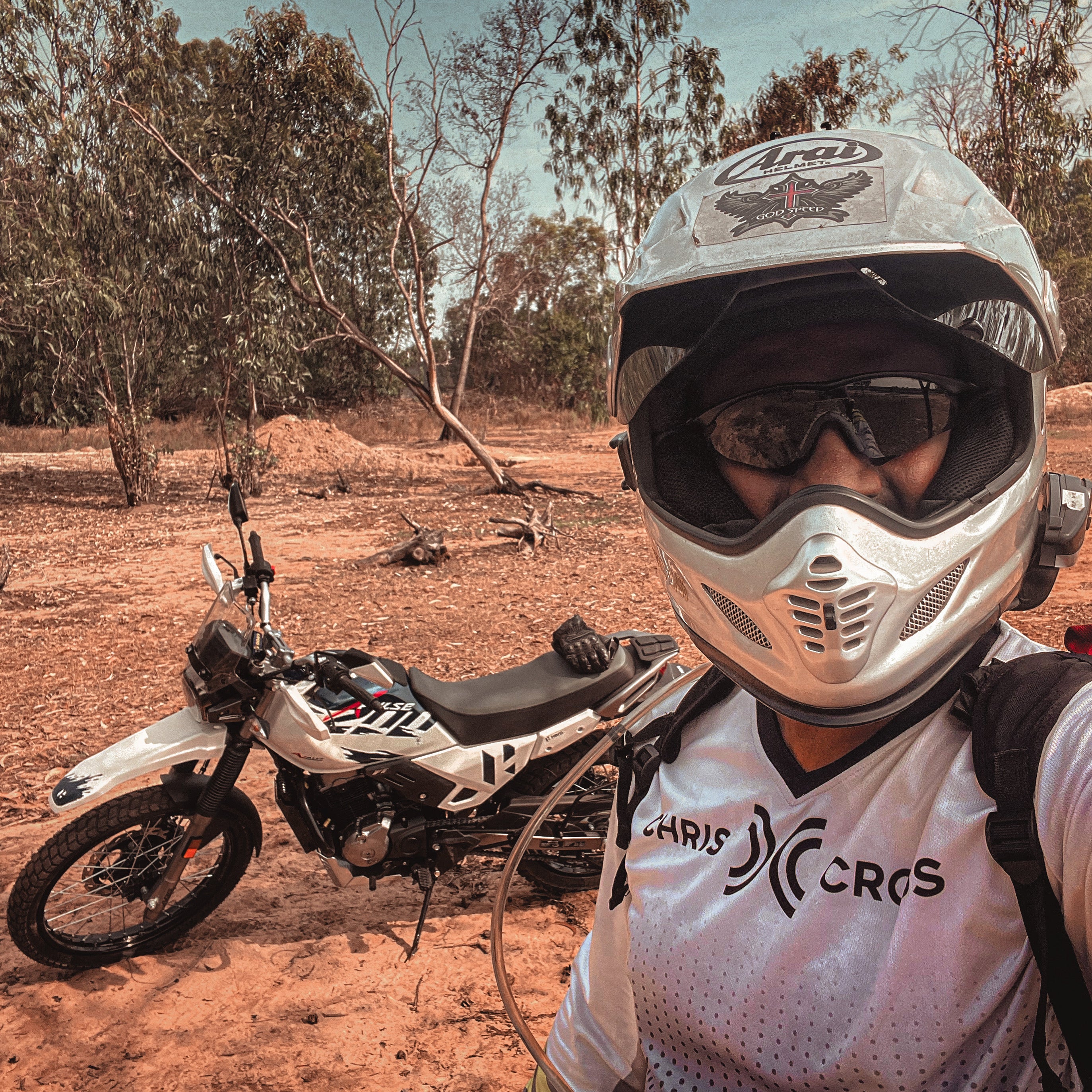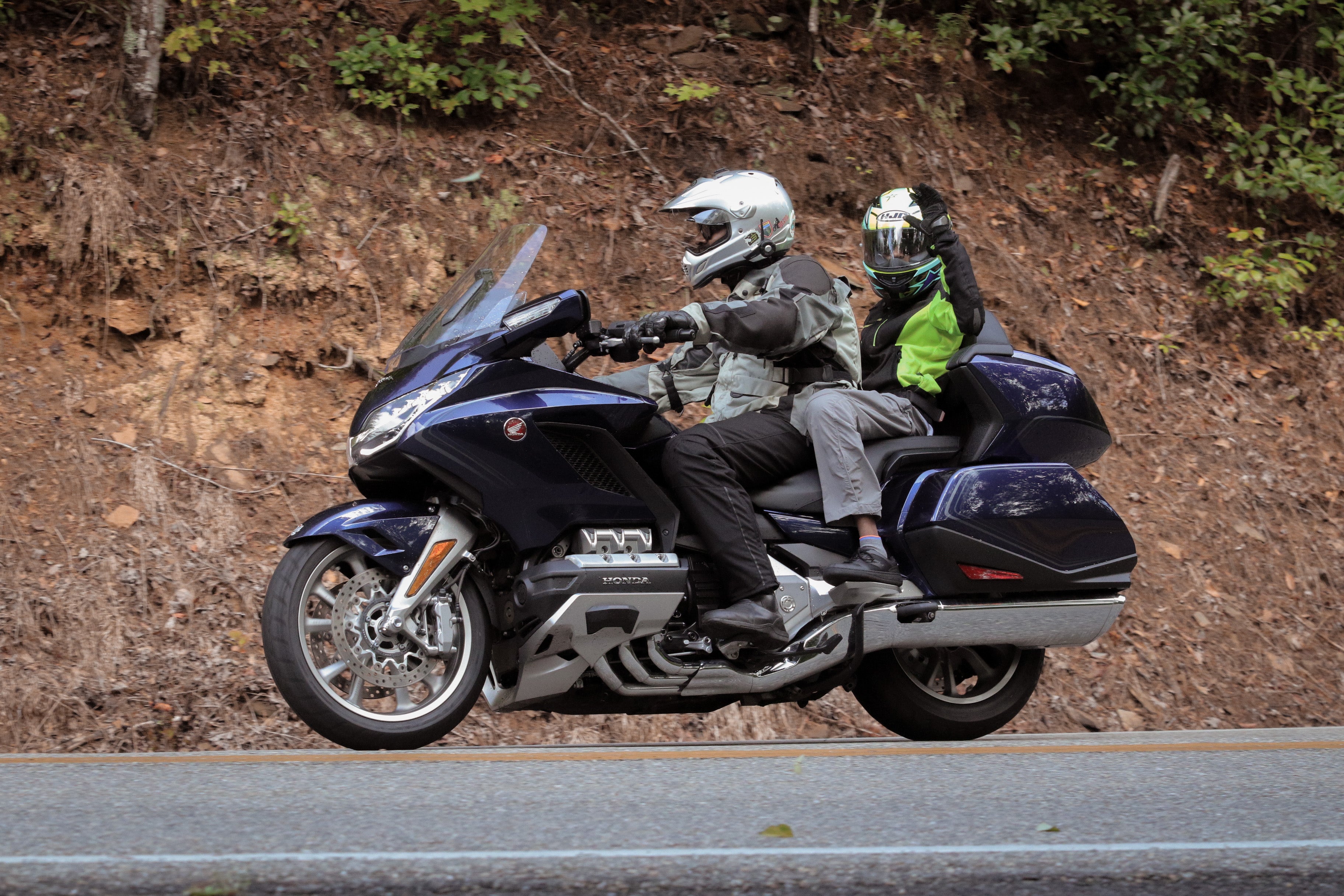
Re-use And Not Recycle Your Water Bottle
Over the last two years, I’ve been traveling to Andamans on work/holiday. This island excites me like no other and I do have a sense of belonging and responsibility to the island and mother earth. To begin with, I must confess that I’m not a total a eco-freak. I love and respect nature and I try to do my bit. Where I fail is in my love for motorcycles. Perhaps, this is also the reason why I try to make up by doing a bunch of things that are eco-friendly.

For the most part, Andamans is one of the cleanest place in India. People respect nature and do follow simple rules of the land and of life. During my recent visit, I traveled on a motorcycle across the island and noticed a spot where heaps of used water bottles where piled. My first glance was that of a regular urban civilian who takes it for granted that the garbage in front of my apartment is collected by the local agency and taken to a distant land for “processing”. But as I continued my journey on the motorcycle, I began to ponder this. Where does this garbage eventually get disposed in Andamans? It cannot be the sea and there is very little land!
Later in the day, I met an IAS officer who told me that the Govt. sent several containers of garbage to the main land for disposal. That’s a lot of money spent on garbage!! So, how do you reduce the garbage, save the planet and reduce the money spent?
Plastics are banned in the islands. Plastic is a material but what actually is banned is the usage of plastic bangs for shopping. So, technically, the material which is the pollutant isn’t banned but the product/application is what that has been banned. Jute bags, cloth bags and other type of bags have replaced or are in the process of replacing our plastic shopping bags. I don’t have the statistics but I’m sure that shopping bags aren’t the only pollutants.
Andaman Islands are a set of tiny islands. Industries cannot (and should not) be established in the islands simply because it will pollute and kill the rare species found in the islands. Also, it isn’t viable to run a large manufacturing plant. So, basically all the goods are brought in from the mainland to the islands. There is more in-take of goods than are locally produced. So consider all the carton boxes, the various packing materials, newspaper, magazines, etc. everything is finally trashed into our garbage cans and later shipped back to the mainland. It is a cyclical process.
I’m not a fan of the re-cycling process. Let me make my definition clear – the process of consuming, disposing the product in a fashionable manner, transporting it to a alternative location/agency, who then segregate the useful and non-useful parts and process the useful parts to create the same or a different product is re-cycling. The reason why I’m not a fan is because during all the steps, you consume power (which isn’t natural) and you treat it with different chemicals and other products to make it “pure”. So, my belief is in re-use than re-cycle. Re-use is the process of finding ways to re-use the same product in different ways without buying more.
Reduction in consumption is a lifestyle change for many of us. We believe in retail therapy, gifting on every occasion, etc. Trying to change this will face resistance and it isn’t easy! And as far as the island goes, the revenue generated through tourism is substantial, and keeps the island functioning. More people, more problems!
Take the case of a typical Indian traveler to the islands. The family consists of four and yes, that pet dog isn’t allowed on this trip. We reach Port Blair and once we check-in, we buy (say) two bottles of water. It is hot on the islands and with various outdoor activities, we consume a lot of water. But let’s assume that our happy travelers aren’t that thirsty and consume only about 4 bottles between them per day. Since they are visiting the monuments and the beaches, they are traveling everywhere and dispose the empty bottles carefully in the bins provided at these spots. And let’s also assume that they are here for 5 days. Now, this leaves us with 20 bottles per family. However, they aren’t the only ones visiting the islands. With four flights operating, let’s assume that we have four hundred people visiting the island. So the math goes like this: 1 bottle per person x 5 days x 400 people per day x 150 peak days = 300,000 bottles. This is for one short season but I’m sure that the true numbers are far higher. Now, these 300,000 bottles have to be transported into the islands and once consumed and trashed, have to be transported back to the mainland for “re-cycling”.
We cannot drink water from the sea though it is very clear! We cannot imagine drinking water from the tap!!! We hesitate to drink water from the restaurant even if they claim that it is bottled water. And for the sake of mother earth, we cannot stop these bottles from coming into the islands. So, what is the solution?. Water packed in a different type of container also leads to more garbage of that material. Putting up drinking water plants will reduce only the weight of the container carrying the empty bottles from the mainland. Still the used ones will have to be disposed.
My Eureka moment deals with water vending machines and also, re-using of these plastic bottles. What people want is clean water to drink and also, a portable non-breakable container to carry it around. In most Indian homes, water in the refrigerator is stored in these plastic bottles, which perhaps we bought while shopping or sight-seeing. So, we don’t have a problem with using the same bottle for ourselves. And in most homes in India, we buy drinking water in these 20 litre water cans. So, we have no problem there too. So, why not extend this solution outside our homes?
The way to control this is by pricing these water bottles (with water) at a higher price. Currently, it is retailed anywhere between Rs. 12 and Rs. 20. Make it Rs. 50 per bottle of water. This forces the consumer to buy one because of the need and also, discourages them to buy the second time. However, they need water. Now, we direct them to these vending machines, where they have an option to fill their bottle with water for a lower charge,. say Rs. 5 per litre. Is it possible to have or create such a vending machine? Yes. In offices, airports and railway stations, we see these coffee vending machines. In India, these aren’t actually automatic. There is a guy in the stall who operates it for you. So, why not follow the same logic. If we can think of an automatic solution, it is even better!
Now, back to the old math. Our improved Indian travelers have bought the same four bottles but then, they aren’t throwing it after but are re-using it. So, during their entire trip which lasted for four days, they used only those four bottles.
So, the math = 1 bottle per person per 5 days x 400 people x 150 days = 12,000 that’s down by 96%. This figure can go even further down if the entire family buys just 2 bottles rather than 4!!! So, it is a very straight-forward solution.
Now, I only wish I could pass this message to someone in the islands to implement it. I truly believe that this is a good and practical solution. Comments, anyone?



Leave a comment
This site is protected by hCaptcha and the hCaptcha Privacy Policy and Terms of Service apply.